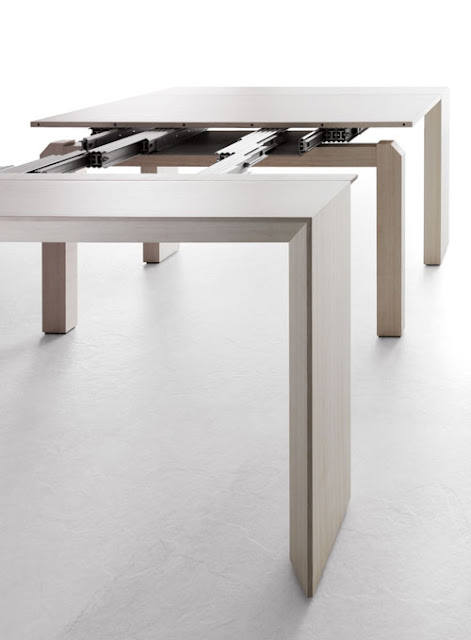Here at Advanced Cabinet Systems, we are always looking for ways to advertise our company that are both cost-effective and reach a large audience. I can't say that everything we do reaches our
target audience, but it does help to get our name out there and give us more credibility within our field.
Below, is a compilation of free (or very inexpensive) ways to advertise your business online. All of which ACS is already taking advantage of--and reaping the rewards of a significant increase in website hits! Whether you are just starting your small business or have been established in your industry for years, a little free advertising never hurts, right?
1. Facebook: Last year Facebook introduced a new program aimed at helping small businesses promote their services. To access the free ad offer (worth $50)*, you will first need to take out an ad on Facebook, and then will be credited with $50 worth of free consumer clicks.
2. YouTube: Earlier this year, YouTube began giving away $50 million worth of $75 credits to small business owners when they sign up for a video advertising service. This service replicates many of the features from Google's AdWords, including pay-per-click and setting budgets for bids, but within the video advertising realm.
3. Pinterest: While I guess this isn't technically an advertising outlet, it is a great (free) way to promote your company by pinning things such as new products, completed projects, blog posts, and press releases.
4. LinkedIn: Similar to Facebook, LinkedIn allows businesses to claim a "company page" and provide information on their services, employees, job openings, and link to their company website. Another great feature is the fact that, unlike Facebook, LinkenIn does not offer as many interactive features--i.e. their is no "wall" to worry about maintaining--making it a great choice for employers that don't have the time or resources to spend updating statuses on a regular basis.
5. A Blog Platform: Whether you use Blogger, Typepad, WordPress, or any of the other numerous sites that offer free blogging platforms, a blog is a great, fairly easy way to give potential customers and job seekers a glimpse into what your company is all about. Blogging not only gets your name out there, but if done correctly, makes your company a resource by providing others with pertinent information on subjects in, or even outside, of your field.
Whether your company embraces one or all of these advertising outlets, they are great ways to increase your online presence and make your name more visible on search engine results. I will warn, however, that it is important to regularly maintain whatever accounts you decide to use, because honestly, how disappointing is it to find the company you have been searching for online but realize they haven't updated any of their information for the past two years?
Does your company take advantage of cost-effective or free advertising? Have you seen a difference in your sales numbers?
*Please note that this free offer is limited to the first 200,000 businesses, on a first-come, first-served basis.
sources:
one







































